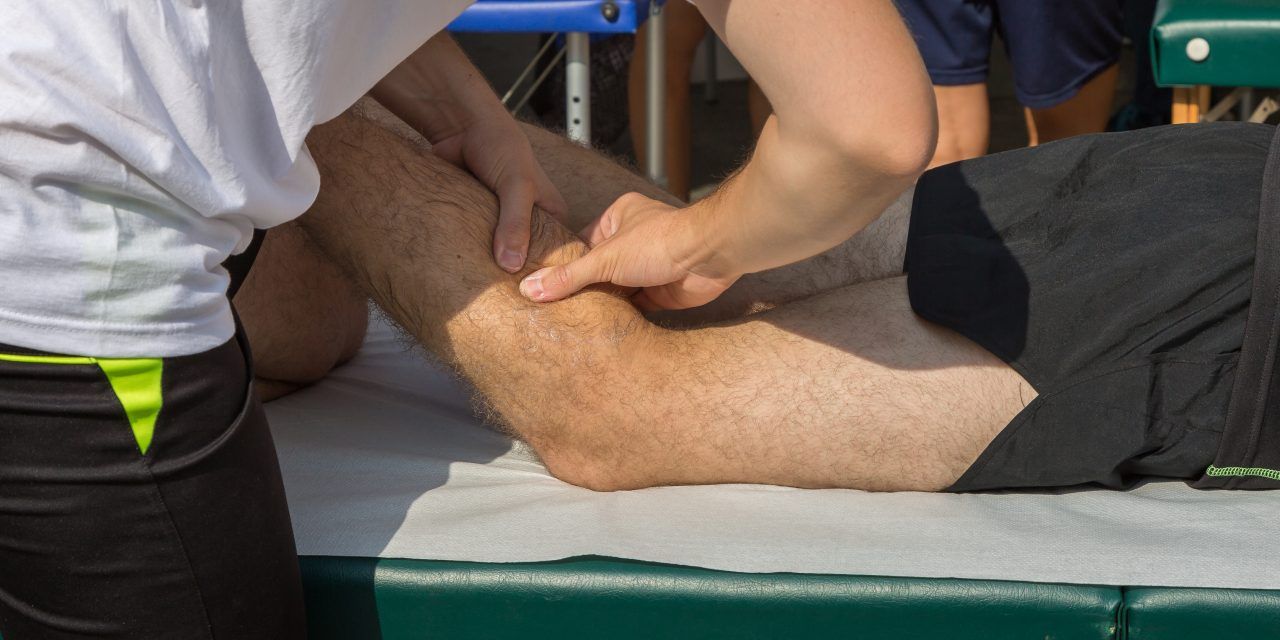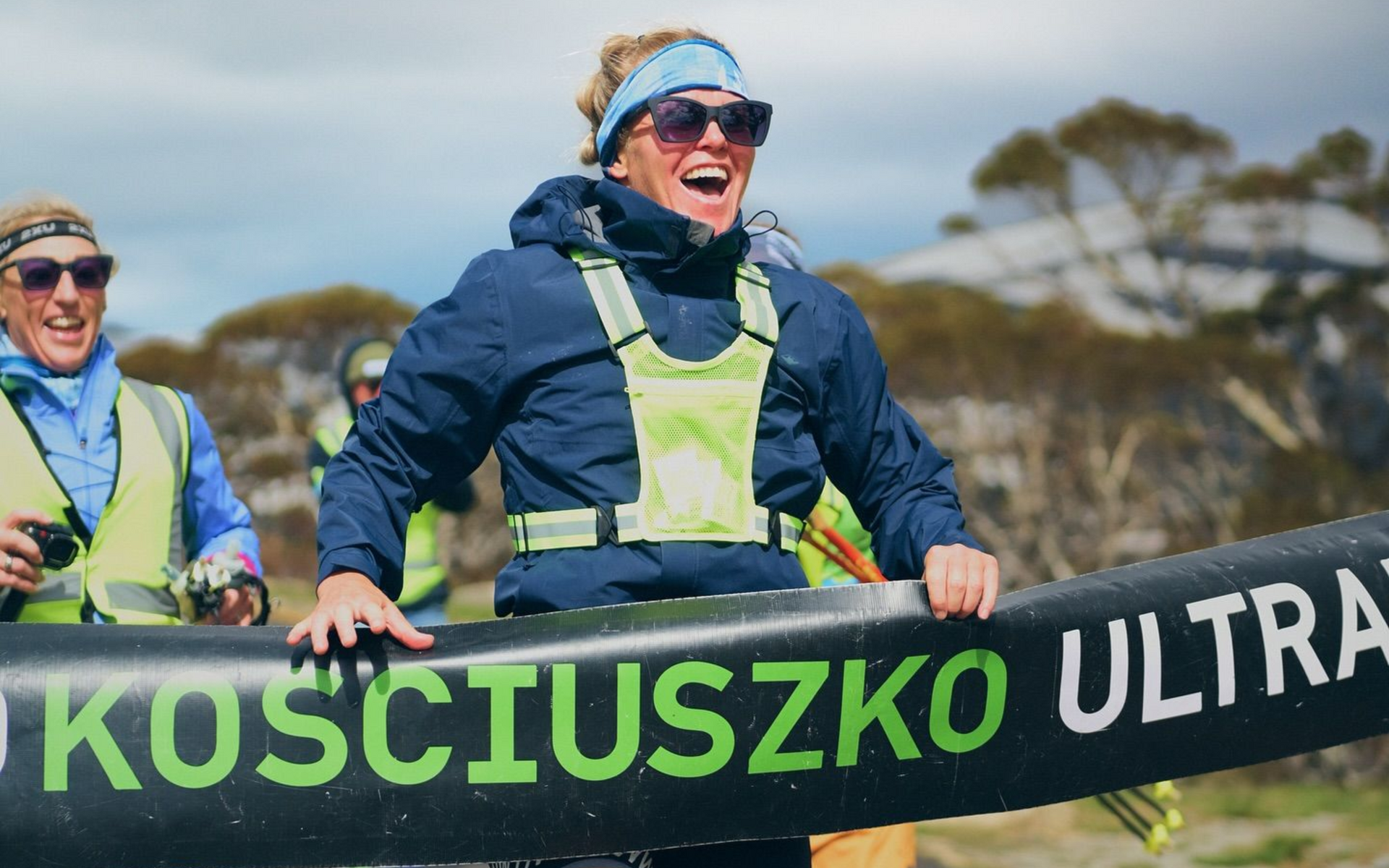
COACH’S CORNER: HOW TO TROUBLESHOOT NIGGLES AFTER A RUN

Peter Colagiuri is a Sports Physiotherapist, Level 3 Running Coach and ultra runner. He works clinically at Bioathletic in Sydney and is developing the first mobile app (https://injury.app) to diagnose running injuries and prescribe rehab programs.
No matter what your goal is with ultra running, whether it’s to go further or faster or to just make it feel easier, the key is consistent training. Consistent training comes from sustained motivation, effective methods of recovery and avoiding injury. And it’s that last point that really exemplifies the paradox of ultrarunning.
Avoiding injury requires you to adjust your training at the first sign of injury. But the first sign of injury is often pain.|
So how do you know which pain leads to injury in a sport that’s not meant to be pain free? We’re not saying that ultra running must cause pain but in a sport where you are pushing your limits, it’s not always going to be comfortable either.
So here’s our top five tips on troubleshooting common niggles, before they become injuries.
Tip 1: Beware of any niggle that forces a change in your running style
A niggle that changes your running style doesn’t necessarily mean the niggle itself is concerning. The real risk here is that an altered running style will redistribute the load on your body to areas that aren’t accustomed to taking that pressure.
This is where one niggle can quickly turn into three injuries, meaning that the battle to get back on track just got a whole lot more challenging.
Tip 2: Watch out for one-sided symptoms, sharp pain, worsening pain or pain that takes more than 24 hours to resolve
Niggles will happen with normal training as you push yourself that little bit further. But if a niggle is only affecting one side, causing stabbing pains or it’s getting worse with every run, it’s typically a sign that it’s more than just regular training soreness.
If a pain is taking more than 24 hours to ease, there’s a chance you have a bone or cartilage injury brewing. It may be nothing but we recommend catching up with your trusty health professional to get a clear idea of what’s going on. Because the earlier we catch some injuries, the shorter the recovery time.
Tip 3: Adjust your training rather than stopping completely
Once you’ve identified that your niggle might be an injury, your first instinct is often to stop training. This can make things a whole lot harder in the long run (pun intended). Injuries are often the result of a lack of muscle endurance, joint stiffness or a lack of adequate fitness for your current run volume/intensity.
Having two or three weeks off training when you feel a niggle usually worsens the underlying cause. We’re not saying that you just ignore it and keep charging on. Your best bet is to adjust your training towards less aggravating activities while keeping in as much of the good stuff as you can.
If your calf has been tightening up with fast road runs and hills, give your calf a chance to recover by switching to some less intense running sessions. You can even replace hill sessions with some appropriate strength training and bike sessions. This will help maintain your climbing performance while resting the impacted areas.
Tip 4: Be mindful that acute injuries, like sprained ankles, don’t always require immediate medical assessment or complete rest from training
When you sprain your ankle, the injured soft tissue responds with inflammation and pain for around 2-3 days. This means that it’s going to be painful to load the injury regardless of whether there is structural damage like ligament tears or just an inflammatory reaction.
This acute inflammatory response can also mask subtle injuries to adjacent structures, like the ankle joint, that may take longer to recover than the more obvious injury. It’s part of the reason that a diagnosis made 5 to 7 days after an ankle sprain is significantly more accurate than a diagnosis made on the day of the injury.
So your best plan after an acute injury is:
- If you can’t walk or weight bear on the leg, or if the area looks significantly deformed, get checked out straight away
- If you can walk, keep active within your comfort levels and see how it progresses over the first few days
- If it’s swollen, apply some firm (not tight) compression with an elastic bandage or elastic brace. If they’re unavailable, wear a compression garment over the area (e.g. Skins)
- If it’s settling after a few days and you can walk reasonably comfortably, try an easy shuffle and see how it responds. You may need to start with a 100m shuffle, have a short walking break and then try jogging again with increasing distances on each interval
- If it’s not up to running after 3 or 4 days or it reacts poorly to running with more swelling and/or pain, it’s worth booking in for an assessment with your physio or health professional to see what’s going on
Tip 5: Be proactive about managing your niggles by varying your training
We’ve covered the difficulty in sorting out the training aches from the injury niggles. And that difficulty often makes ultra runnners very “tough and stoic” (read: “prone to using denial”). With training consistency as your primary goal, always have tips #1 and #2 in mind with any self-assessment of soreness. “Are you moving differently? Is it one-sided?” And so on…
Being proactive doesn’t mean reducing your training at the first sign of a niggle. Instead you should aim to maintain your training volume while finding a way around the issue. But you need to get ahead of the game on this one. Don’t wait until you CAN’T do hills to avoid them in your training. Trim them early and replace them with the nearest equivalent that doesn’t aggravate your injury (e.g. stairs).
When you feel ready to try them again, don’t flick a switch and chase max hills on day one. Test them with just enough to know you’re better but avoid the temptation to keep pushing until you feel the pain again just to explore your upper limit. If you’re not sure about what specific training can substitute for the painful stuff, get the advice of a decent coach or running-specific physio.
Take home messages
- Remember that training consistency is the best defence against injury and the fastest path to improvement.
- Pay attention to your niggles – don’t ignore them but don’t be scared of them either.
- To recover from a niggle, adjust your training if possible. If that’s not possible, reduce your volume. And if that’s still not working, switch to strength and non-running cardio for a period. But complete rest, without any training whatsoever, is only making it harder AND RISKIER to get back on the horse.








